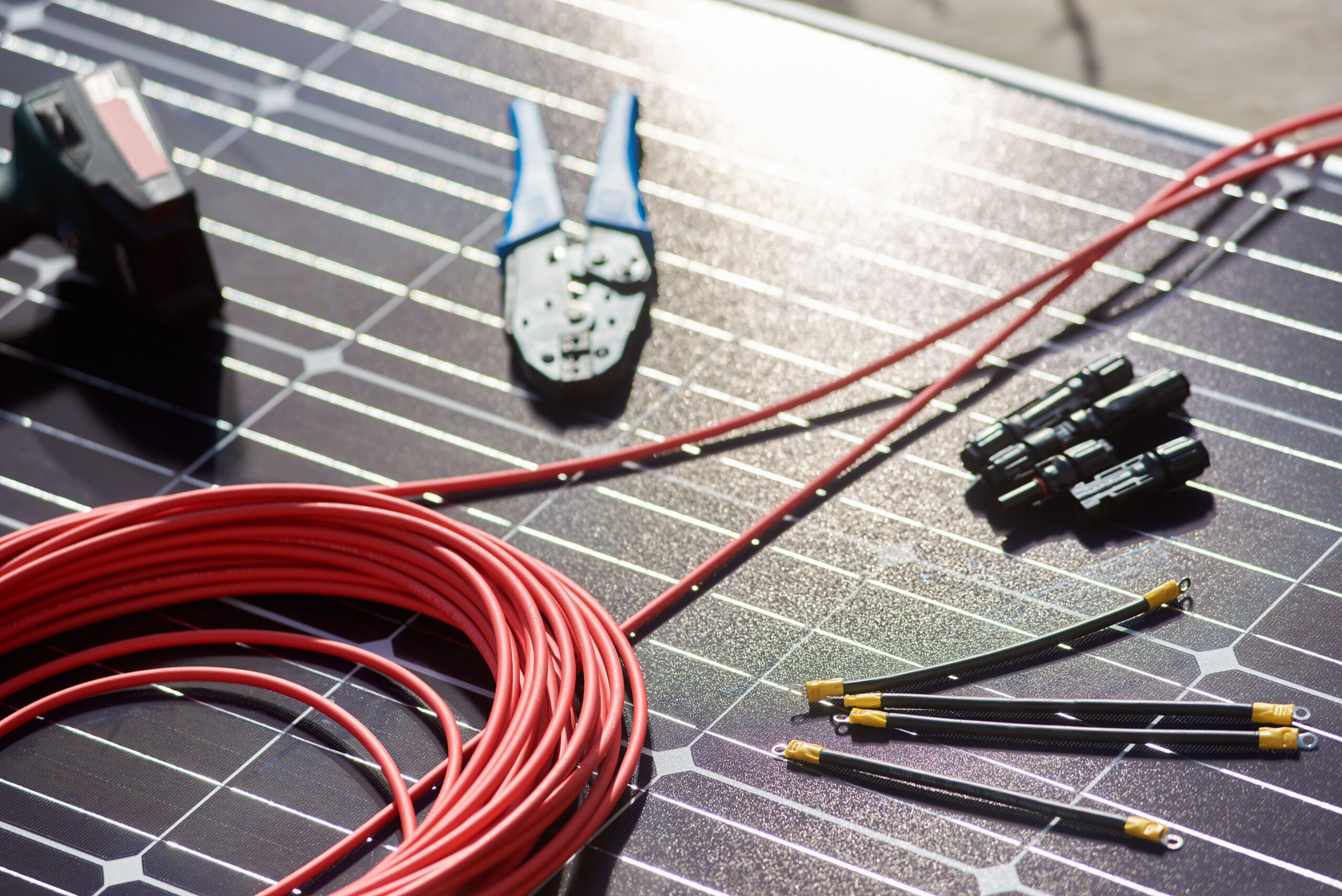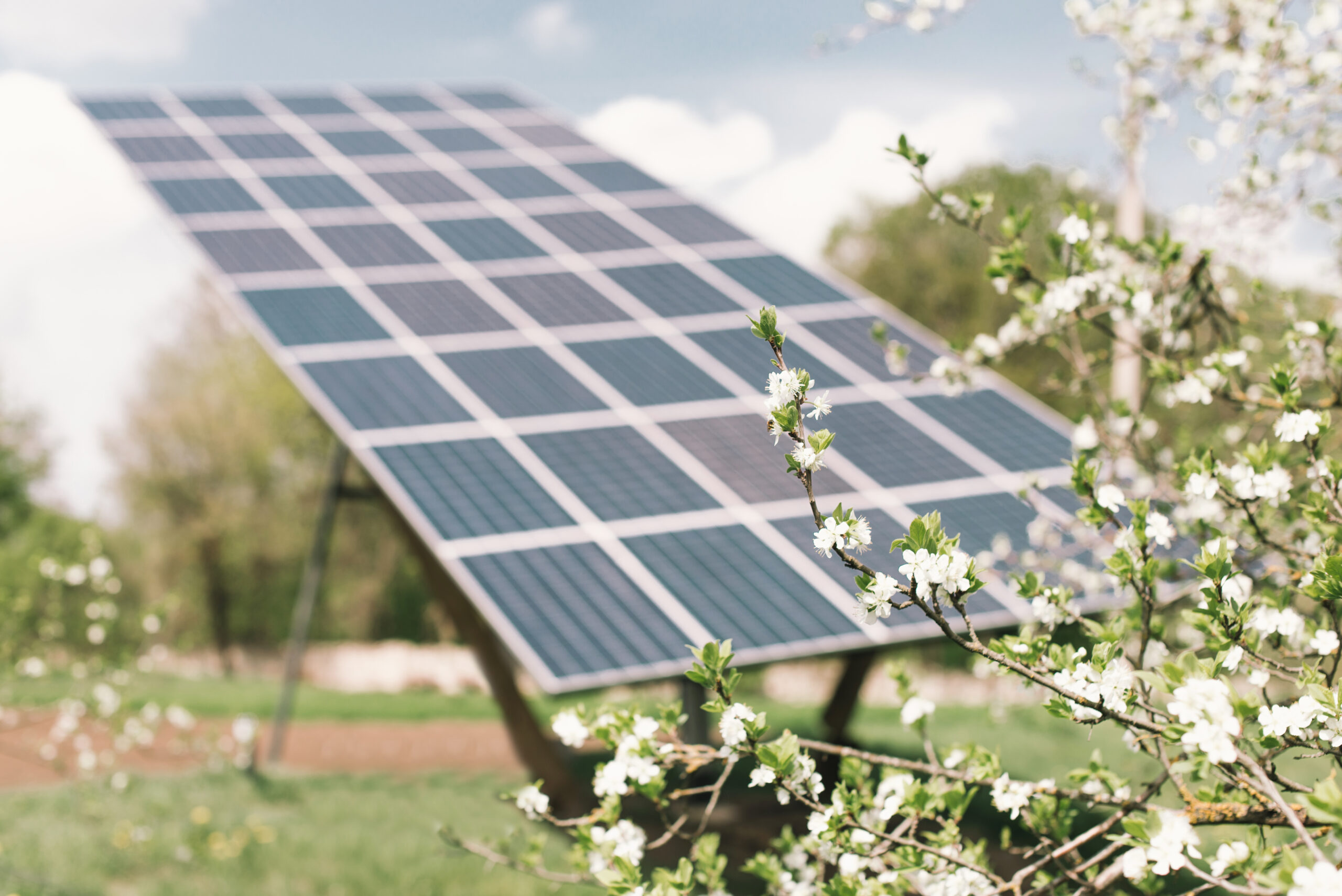
How Much Electricity Does Your Business Need to Go Solar?
- 1.Solar Panel Technologies: Unveiling the Power of the Sun
- 2.Overcoming Challenges: Navigating the Complexities of Connecting Solar to the Grid
- 3.Top 10 Weirdest Innovations in Solar Energy Technology
- 4.Once You’ve Decided to Go Solar: What Are the Next Steps and What to Expect?
- 5.The Comprehensive Benefits of Adding Solar to Your Home or Business
- 6.The Impact of Solar Energy on Property Value: How Installing Solar Panels Can Boost Residential and Commercial Real Estate
- 7.How to Make Sure Your House or Office Building is in Top Shape and Ready for Solar Energy
- 8.How Seasonal Changes Affect Solar Panels and the Grid
- 9.New Year, New Energy: Why 2025 Is the Perfect Year to Go Solar
- 10.Keeping the Lights On: How Solar Energy Shields You from Power Outages
- 11.Top Solar Technology Trends to Watch in 2025
- 12.Spring into Savings: Why Now is the Best Time to Go Solar in Puerto Rico
- 13.Understanding the Process of Connecting Solar to the Grid: A Step-by-Step Guide
- 14.Solar and Gardening: Can Panels and Plants Coexist?
- 15.Summer Energy Savings: How Solar Power Can Lower Your Utility Bills This Summer
- 16.What Is Ground-Mounted Solar? A Complete Guide for Homeowners & Businesses
- 17.How Much Electricity Does Your Business Need to Go Solar?
- 18.Why Fall is the Best Time to Install Solar Panels
Switching to solar energy is one of the smartest investments a business can make. It not only reduces your carbon footprint but also significantly cuts energy costs in the long run. However, before installing solar panels on your commercial property, one critical question needs to be answered: How much electricity does your business need to go solar?
Understanding your energy requirements is the first step in designing a solar system that meets your goals for cost savings and sustainability. Here’s everything you need to know.
Why Knowing Your Energy Needs Matters
A solar system that’s too small won’t cover your energy needs, leaving you reliant on the grid. One that’s too large could lead to unnecessary upfront costs. Getting it right ensures:
- Maximum savings on electricity bills
- Optimal return on investment (ROI)
- Compliance with utility interconnection rules
Step 1: Review Your Energy Usage
Start by gathering 12 months of electricity bills. Focus on:
- kWh (kilowatt-hour) consumption: Monthly and annual totals
- Peak demand charges: Extra fees during high usage times
- Seasonal trends: Summer cooling vs. winter heating needs
Example:
Annual usage = 240,000 kWh
240,000 ÷ 12 = 20,000 kWh per month
Step 2: Understand Your Peak Demand
Commercial solar sizing isn’t just about total energy, it’s also about when you use it. Businesses often face demand charges for drawing large amounts of electricity during peak times. Adding battery storage can reduce these charges by storing excess solar energy for use later.
Step 3: Factor in Your Location
Solar output varies by region. Consider:
- Average sunlight hours
- Roof orientation and shading
- Local weather conditions
A business in Arizona will generate more solar energy than one in New Jersey with the same system size.
Step 4: Account for Future Growth
Planning to expand your operations, add new equipment, or install EV charging stations? Your solar design should anticipate increased demand to avoid costly upgrades later.
Step 5: Calculate Solar System Size
Formula:
System Size (kW) = Annual Energy Usage (kWh) ÷ 1,200
(Average U.S. production of 1,200 kWh per kW per year.)
Example:
240,000 ÷ 1,200 = 200 kW system
This could mean 500–600 panels, depending on panel efficiency and roof space.
Step 6: Consider Net Metering and Incentives
Net metering allows you to send excess electricity back to the grid for credits. Combine that with:
- Federal Investment Tax Credit (30%)
- State/local rebates
- Accelerated depreciation (MACRS)
These benefits can significantly lower your solar installation cost.
Why Work With a Solar Expert?
Every business is unique. A professional solar provider will:
- Analyze your energy data
- Conduct an on-site assessment
- Design a custom system
- Provide financial ROI projections
The Bottom Line!
Determining how much electricity your business needs to go solar is essential for making a smart investment. Review your energy bills, factor in location and future growth, and work with a trusted solar provider to get the right system for your business.
Ready to go solar? Contact MFS Solar today for a free energy assessment!


